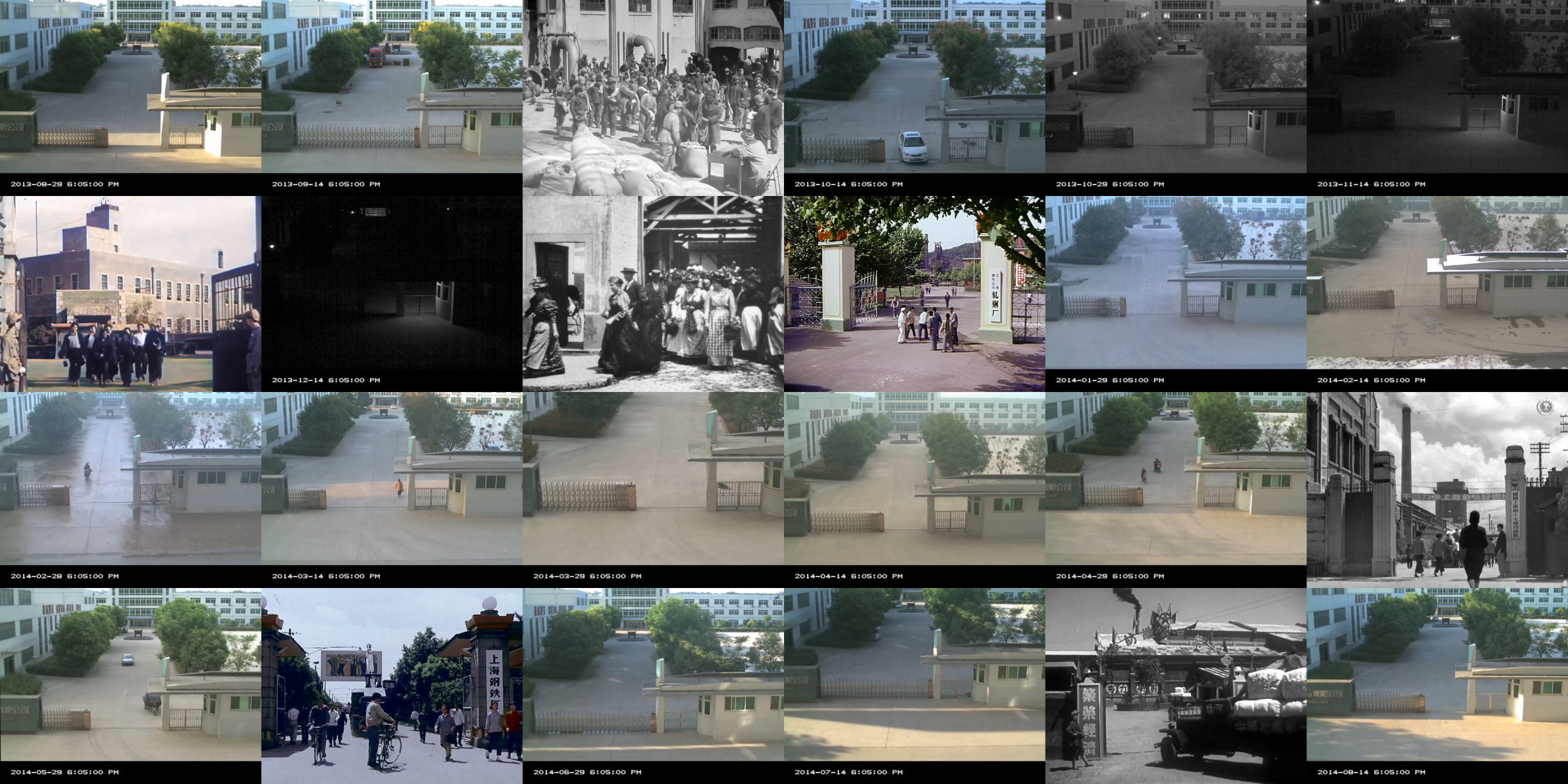Below, we publish a few questions addressed to director Ho Rui An about his competition film 24 Cinematic Points of View of A Factory Gate in China.
Archivio Aperto explores memory and archives. Can you explain how your work fits into this theme? What specific elements of your film highlight this exploration of memory?
My film uses excerpts from over a century of cinematic depictions of industrial labour. Much of my work approaches cinematic history as a form of collective memory insofar as every image is inscribed in the appearances of a given time. It is for this reason that every fictional film inevitably becomes a kind of documentary over time: the longer the time that separates the viewer from the period at which the film was made, the more the film is appreciated less for its narrative or artistry than for the details captured of the period.
How do archive images influence the construction of the narrative? Can you tell us about a sequence in your film where archive images transformed or enriched the message you intended to communicate?
This is my first film telling the entire narrative through archival images. For me, this project is very much about telling industrial histories through cinematic histories as a reflection of how cinema and industry were so deeply intertwined throughout the twentieth century. It made sense to use exclusively found footage since there was already so much history that could be unpacked in each film.
Quali sono i film found footage o sperimentali che hanno avuto un ruolo importante per la tua formazione?
This film is inspired by the German filmmaker Harun Farocki’s seminal analysis of the relationship between cinema and industry that he explored in his essay film, Workers Leaving the Factory. Indeed, his entire practice as a filmmaker and writer has been incredibly influential in how I approach cinema.
